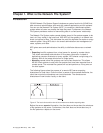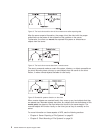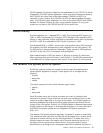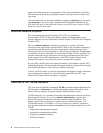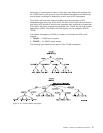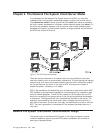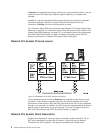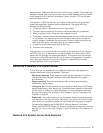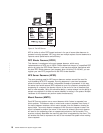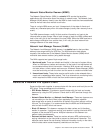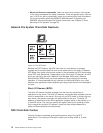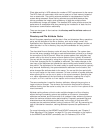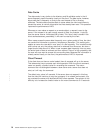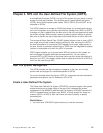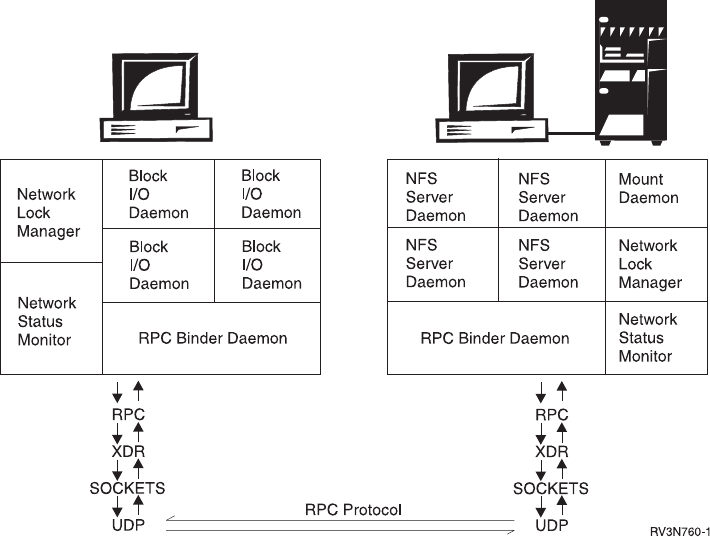
A daemon is a process that performs continuous or system-wide functions, such as
network control. NFS uses many different types of daemons to complete user
requests.
A cache is a type of high-speed buffer storage that contains frequently accessed
instructions and data. Caches are used to reduce the access time for this
information. Caching is the act of writing data to a cache.
For information about NFS server daemons, see “Network File System Server-Side
Daemons” on page 9. For information about NFS client daemons, see “Network File
System Client-Side Daemons” on page 12. For information about client-side caches,
see “NFS Client-Side Caches” on page 12 Detailed information about the NFS
protocol can be found in “Network File System Stack Description”.
Network File System Process Layout
Local processes that are known as daemons are required on both the client and
the server. These daemons process both local and remote requests and handle
client/server communication. Both the NFS client and server have a set of daemons
that carry out user tasks. In addition, the NFS client also has data caches that store
specific types of data locally on the on the client. For more information about the
NFS client data caches, see “NFS Client-Side Caches” on page 12.
Network File System Stack Description
Simple low-end protocols make up a high-end complex protocol like NFS. For an
NFS client command to connect with the server, it must first use the Remote
Procedure Call (RPC) protocol. The request is encoded into External Data
Figure 8. A breakdown of the NFS client/server protocol
8 OS/400 Network File System Support V4R4




